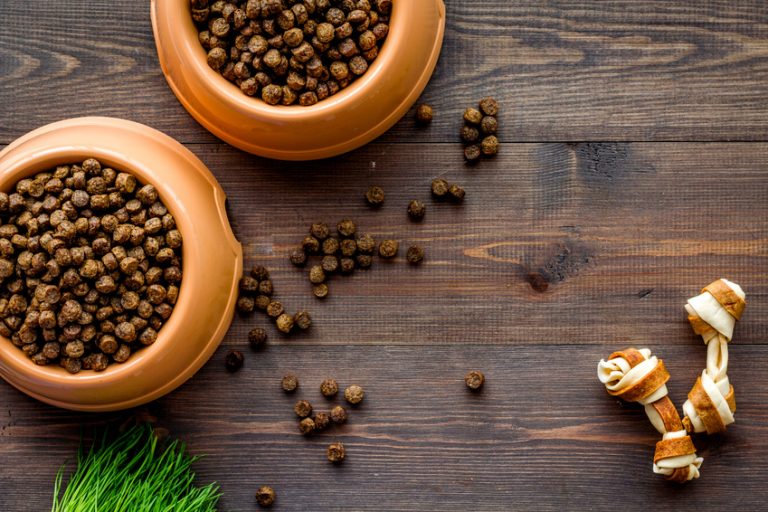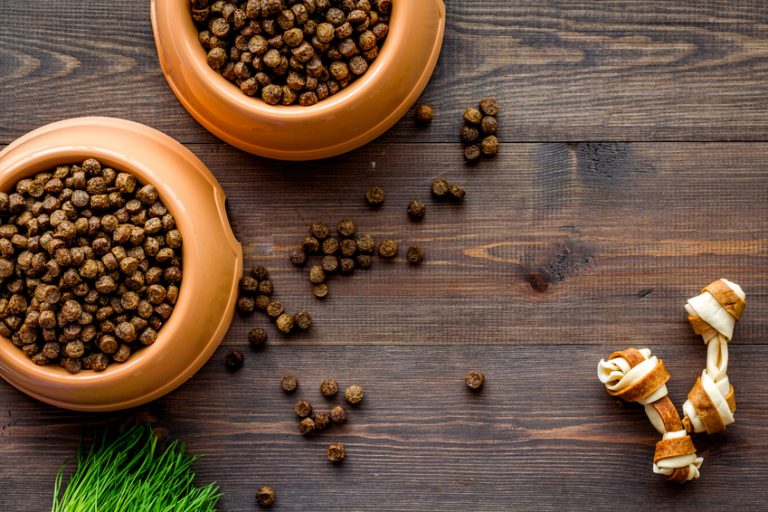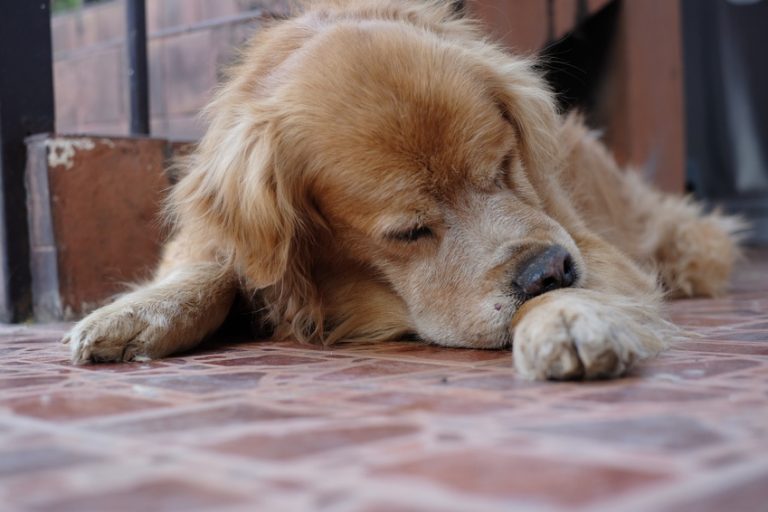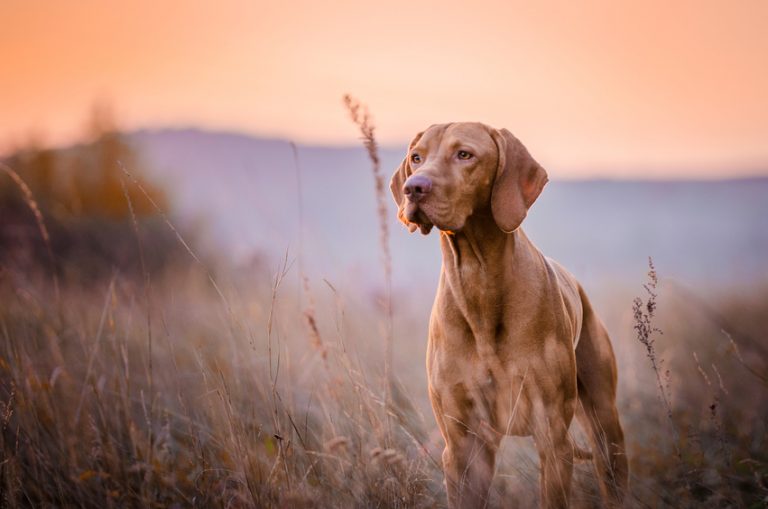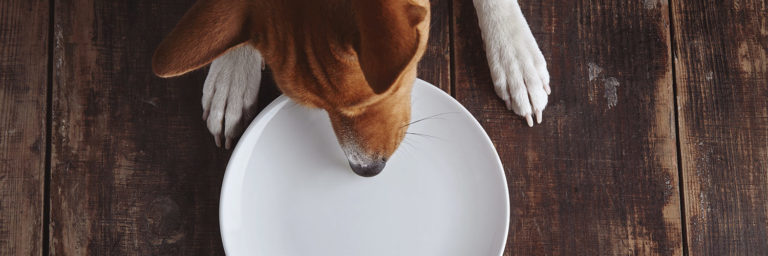Best Cockapoo Online Guide, Fun Facts and Puppy Pictures
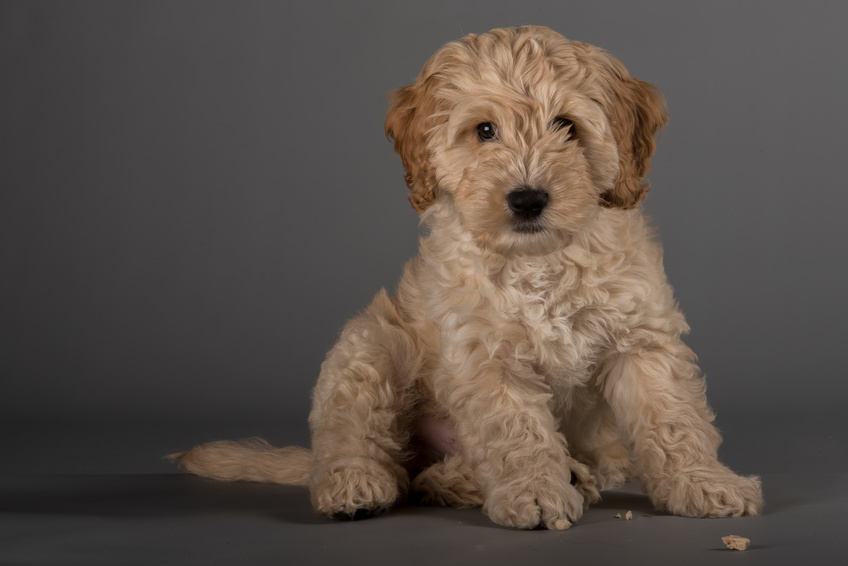
Contents of Article
- Pedigree: Cocker Spaniel and Poodle
- Other Names: None
- Height: 10 to 15 inches
- Weight: 6 to 30 pounds
- Breed Group: Mixed breed
- Lifespan: 12 to 15 years
- Intelligence: High
- Trainability: High
- Exercise Needs: Moderate to High
- Shedding: Moderate
- Good with Kids: Yes
- Good with Dogs: Yes
- Good with Pets: Yes
What’s better than a cuddly little Poodle or a happy-go-lucky Cocker Spaniel? A combination of both! The Cockapoo is a mixed breed dog resulting from a cross between a Cocker Spaniel and a Toy, Miniature, or Standard Poodle. Many Cockapoo owners describe their dogs as friendly and affectionate with a fun-loving personality, though they do require a fair bit of grooming and size will vary according to genetics. A single litter of Cockapoos can produce puppies of different size, coat, and color, so you never know what you’re going to get! If you’re looking for a small- to medium-sized dog with a friendly personality and a zest for life, the Cockapoo definitely deserves your consideration.
Fun Facts About the Cockapoo
- The Cockapoo makes an excellent companion pet – they also do very well in homes with children, cats, and other dogs.
- Some people describe the Cockapoo as hypoallergenic because they inherit part of their coat from the Poodle but the reality is that all dogs produce dander so there is no truly hypoallergenic dog breed.
- The Cockapoo is a very adaptable dog breed – they can adjust to their owner’s lifestyle when it comes to living space and exercise habits.
Coat and Appearance
As it has already been mentioned, the Cockapoo is a cross between a Cocker Spaniel and a Poodle. What you must remember, however, is that there are two different types of Cocker Spaniel and three different sizes of Poodle. The Cockapoo can result from any combination of these two breeds which means that every litter is going to be different – even puppies within the same litter can come out looking nothing like each other! For the most part, however, Cockapoos have curly or wavy coats that vary in length from medium to long and they come in a wide range of colors.
To understand exactly what your Cockapoo might look like, you need to know the basics about the coat and appearance of the two parent breeds. The two varieties of Cocker Spaniel are the English Cocker Spaniel and the American Cocker Spaniel. The English Cocker Spaniel is the larger of the two and typically has a silky and lightly feathered coat, though there are some variations between the working and conformation strains of the English type. The American Cocker Spaniel is a smaller sporting breed with a soft, wavy coat.
Similar to the Cocker Spaniel, the Poodle comes in several varieties divided by size. The Toy Poodle is the smallest of the three, standing less than 10 inches tall and weighing 5 to 10 pounds. The Miniature Poodle stands 10 to 15 inches tall and weighs 12 to 15 pounds. The Standard Poodle stands over 15 inches tall and weighs 40 to 55 pounds. Poodles come in all different colors, both solid and mixed, but they all have curly, low-shedding coats.
Because the Cockapoo can be bred from any combination of five different breeds of Poodle and Cocker Spaniel, his coat and appearance varies greatly. Generally speaking, Cockapoos stand 10 to 15 inches tall and weigh somewhere between 6 and 30 pounds, depending on breeding. These dogs usually have medium to long single coats that are soft or silky in texture. The coat may be straight, wavy, or have loose curls but generally won’t be as curly as the Poodle’s coat. In terms of colors and patterns, Cockapoos are highly variable. Common colors include black, tan, beige, buff, red, brown, sable, cream, white, and silver or any combination of these.
History of the Breed
The Cockapoo is the result of a cross between a Cocker Spaniel and a Poodle. As a mixed breed, it is entirely possible that the Cockapoo was first bred many years ago but it has only become popular in the United States since the 1950s. As a crossbreed, the Cockapoo is not recognized by the AKC or the UK Kennel Club but it does have its own breed club in the U.S. – the Cockapoo Club of America which was formed in 1999. The club seeks to develop more consistency in breeding, advocating for breeding multigenerational Cockapoos instead of creating first-generation crossings from Poodles and Cocker Spaniels. There is also the North American Cockapoo Registry which was formed in 1999 – this club encourages the opposite, the planned and purposeful breeding of a purebred Cocker Spaniel with a purebred Poodle to create the Cockapoo.
Cockapoo Puppy Pictures
[instagram-feed type=hashtag hashtag=”#cockapoopuppy” num=9 cols=3 showcaption=false]Temperament and Personality
As you can probably guess, the Cockapoo’s temperament and personality are dependent on breeding – there’s no way to predict how a Cockapoo puppy is going to grow up. Your only option is to wait and find out. To get an idea what you can expect from your Cockapoo, however, you can consider the temperament and personality traits of the parent breeds. For the most part, however, Cockapoos are friendly and gentle dogs that get along with everyone, human or otherwise. They have a good bit of intelligence but a sweet demeaner to balance it out and they make wonderful companion pets.
The Cocker Spaniel is a gentle and patient breed known for getting along well with kids. These dogs are sweet-natured and eager to please, plus they love spending time with family. Cocker Spaniels are generally friendly toward other dogs and they tend to get along well with cats. They do require as much socialization and training as other dogs, but they also tend to be pretty adaptable to different living situations. This breed loves having new experiences and they’ll take any opportunity they can get to spend time with the people they love. Some dogs develop a bit of a goofy side but, for the most part, these dogs are easygoing great to live with.
Not only does the Poodle come in three sizes, but each size has its own unique temperament and personality. Standard Poodles tend to be friendly, happy, and people-oriented, though they can definitely focus on the task at hand when needed. These dogs can also be clownish at times and they love being the center of attention. Toy and Miniature Poodles sometimes get a bad rap for being hyperactive or difficult to manage, but a properly socialized Poodle is always a joy to have around. Keep in mind that, due to their high intelligence, Poodles are prone to boredom which may lead to destructive behavior, so you’ll always want to make sure your dog is kept busy.
Training Tips
As a combination of two fairly intelligent breeds, the Cockapoo generally takes well to training. This breed is very people-oriented and they form close bonds with family, so be careful to use only positive reinforcement training methods with your dog. If you treat your dog too harshly it could damage your relationship with him. In many cases it will only take your Cockapoo a few repetitions to get the hang of a new command, so keep your training sessions short and sweet to prevent your dog from getting bored and acting out. You’ll also only need to use food rewards during the first few repetitions, but continue to be generous with praise.
Smaller dogs can sometimes be a challenge to housetrain, but that is not a common complaint among Cockapoo owners. Depending how much Poodle blood is in your Cockapoo, however, you should be on the lookout for a stubborn streak and keep a firm hand in training your dog. Early socialization is very important as well to ensure that your puppy grows up into an obedient and well-adjusted adult dog. If you plan to keep your Cockapoo with other dogs or household pets, it is best to introduce them at a young age just to be sure there aren’t any problems.
Exercise Requirements
The Cockapoo is a friendly and fun-loving dog but these dogs don’t tend to be hyperactive. They do love to run and play, especially with their family, but they only require the average amount of daily exercise. Your Cockapoo will appreciate a 30-minute walk once a day as well as having some free time to run and play in a fenced backyard. Active playtime and training will give your dog some extra exercise to work off any remaining energy so he doesn’t become bored and destructive. You may also want to consider training your Cockapoo for dog sports if you’re looking for a way to give him some extra exercise. These dogs tend to do well in obedience, rally, flyball, and agility.
Grooming Tips
Grooming your Cockapoo’s coat is likely to be a major undertaking because there is so much of it. Length and texture will vary according to breeding, but you should plan to brush your dog daily to avoid mats and tangles. Keep in mind that your dog’s coat will probably grow pretty quickly and the longer it is, the more it is going to tangle. Many Cockapoo owners keep their dog’s coat clipped short to make it more manageable, but it is up to you. The curlier your dog’s coat is, the more often you’ll need to groom it but you should expect to take your dog to the groomer every four to eight weeks.
Though keeping your Cockapoo’s coat in good condition is your primary grooming concern, there are other tasks to think about as well. Bathing shouldn’t be necessary too often, but you may want to do it a few times a year – just don’t do it too often or you could dry out your dog’s skin. You’ll also need to keep his ears clean, trim his nails, and brush his teeth. Cockapoos have long, floppy ears which can trap moisture and moist ears become a breeding ground for bacteria. Check your dog’s ears once a week and clean them with a dog-safe ear cleaning solution as needed.
For your dog’s nails, trim them once every week or two, as needed. If you don’t feel comfortable trimming them yourself, you can ask a professional groomer to show you how. In terms of cleaning your dog’s teeth, you’ll want to brush them as often as he will let you. It’s best to start brushing your dog’s teeth early when he is young so he gets used to it. Ideally, you should be brushing your dog’s teeth after every meal but once a day may be sufficient.
Nutrition and Feeding
Because the Cockapoo varies so much in size depending on breeding, the nutritional needs of one dog may vary slightly from those of another dog. For the most part, however, Cockapoos are small dogs which means that they have fast metabolisms. Your Cockapoo may not need as many calories as a larger dog like a Golden Retriever, but he will probably need more calories per pound of bodyweight. Generally speaking, smaller dogs need about 30 to 40 calories per pound of bodyweight, depending on their age and activity level. If you aren’t sure how best to meet your dog’s needs for calories, feed him a small-breed dog food. These formulas are made with plenty of protein to support your dog’s lean muscle mass with extra fat for energy.
Learn which 6 Foods we Recommend feeding your Cockapoo
In terms of how much to feed your Cockapoo, you’ll want to pick out a high-quality small-breed formula first and then follow the feeding recommendations on the package. Because Cockapoos have a fast metabolism, you may want to divide your dog’s daily portion into three meals rather than two. Another option is to simply keep your dog’s bowl full and allow him to feed freely. This is fine as long as your dog is able to self-moderate – if you notice him gaining too much weight you’ll need to start portioning out his meals. Your veterinarian will be able to help you determine whether your dog’s bodyweight and condition are in the healthy range.
Common Health Problems
Every dog breed is prone to certain health problems based on various factors such as size and genetics. Some proponents of “designer dogs” suggest that the theory of hybrid vigor applies automatically to mixed breeds like the Cockapoo. Hybrid vigor is the theory that introducing new blood to the gene pool will improve the health of the breed as a whole. While this idea is sound in theory, it is inaccurate to suggest that it automatically applies to mixed breeds. For example, if the two parent breeds for a crossbreed dog are prone to the same health condition (like hip dysplasia, for example), the risk for the puppies developing that problem would actually be much higher.
For the most part, the Cockapoo is a healthy breed with an average lifespan between 12 and 15 years. You must still consider, however, that the breed is prone to the diseases known to affect both the Poodle and the Cockapoo. Here is a brief overview of some of the health problems that might affect this mixed breed:
- Allergies – Poodles are particularly prone to allergies which means that your Cockapoo may develop them as well. Dogs can have contact or inhalant allergies to smoke, dust, pollen, and other things in much the same way that people can – they can also be allergic to certain food ingredients. Food allergies often present with skin-related symptoms like redness, flakiness, or itchiness. If your Cockapoo develops a food allergy you’ll need to switch to a product that doesn’t contain the offending ingredient – a limited ingredient diet made with a novel source of protein and carbohydrate may be best.
- Hip Dysplasia – A musculoskeletal condition that often affects larger dogs, hip dysplasia can affect the Cockapoo as well. This condition develops when the head of the femur slips out of its place in the hip joint, causing inflammation and, potentially, lameness in the affected limb. In many cases, the dog may show no outward signs of discomfort until the joint develops painful arthritis.
- Cataracts – A cataract is simply an opacity in the lens of the eye that can obstruct the dog’s vision. Cataracts may give your Cockapoo’s eyes a cloudy appearance, but they aren’t painful for the dog. They become more common as your dog gets older and, in severe cases, can be surgically removed.
- Addison’s Disease – A condition that commonly affects Standard Poodles, Addison’s disease is the result of insufficient cortisol production by the adrenal glands. Symptoms include lethargy, depression, and digestive problems. The causes of this condition are not fully understood, but it may be related to autoimmune activity, infection, or other diseases. It can be treated with drugs to replace the mineralocorticoids and glucocorticoids in the body.
- Liver Disease – Cocker Spaniels in particular are affected by liver disease which means that your Cockapoo is at risk as well. There are two forms of liver disease which are most common – chronic active hepatitis and copper toxicosis. These conditions are poorly understood and it is unknown whether they are genetic or not. Symptoms of liver disease may include loss of appetite, weight loss, vomiting, diarrhea, increased thirst, and mental confusion. Treatment options depend on the type of liver disease but dietary changes may help a little bit.
- Ear Infections – Any dog with long or floppy ears has an increased risk for ear infections. The Cockapoo’s ears hang down on the sides of the head so moisture can sometimes become trapped in the ear, leading to an increase in bacterial growth. Symptoms of ear infection in dogs include foul odor, discharge, shaking the head, scratching the ear, or even balance problems if the infection progresses into the eardrum. Medications may sometimes be administered in serious infections but you can generally manage the condition by keeping your dog’s ears clean and dry.
- Progressive Retinal Atrophy – A progressive eye disorder, progressive retinal atrophy occurs when the photoreceptive cells in the retina begin to die off, causing a progressive loss of vision. It usually starts with a loss of night vision but eventually affects the dog’s day vision as well. PRA is not a painful condition but there is no cure so it will eventually lead to blindness. Fortunately, most dogs adapt well to a loss of their vision.
- Hypothyroidism – This condition is characterized by inadequate production of thyroid hormone and it usually manifests between the ages of 4 and 10 years. Symptoms of hypothyroidism may include hair loss, weight gain, excessive hunger, and trouble regulating body temperature. The condition can’t be cured but it can be managed with thyroid hormone replacement supplements.
- Patellar Luxation – A musculoskeletal condition, patellar luxation occurs when the kneecap (patella) slips out of its place in the joint. In most cases, this condition doesn’t cause the dog pain but it could change his gate when the joint is out of place and may eventually lead to lameness or arthritis. Left untreated, patellar luxation can cause inflammation in the joint which can become severe enough that medical or surgical treatment is warranted.
- Legg-Calve-Perthes Disease – This condition is fairly common in smaller dogs and it occurs when blood supply to the head of the femur (thigh bone) is reduced – this leads to degeneration of the bone. As the bone begins to degenerate, the joint may also be affected – it may become inflamed and might start to disintegrate. The cause of this condition is unknown, though it is thought to be related to reduced blood flow to the bone. Symptoms may include lameness, painful movement, carrying the affected limb, and wasting of the thigh muscle.
The more you learn about the Cockapoo breed, the better you will be as a dog owner. It is your responsibility to provide for your dog’s basic needs and that includes feeding him a healthy diet and taking him to the vet. These are the two things that will most heavily influence his long-term health and wellness but don’t forget to give him plenty of love as well!



